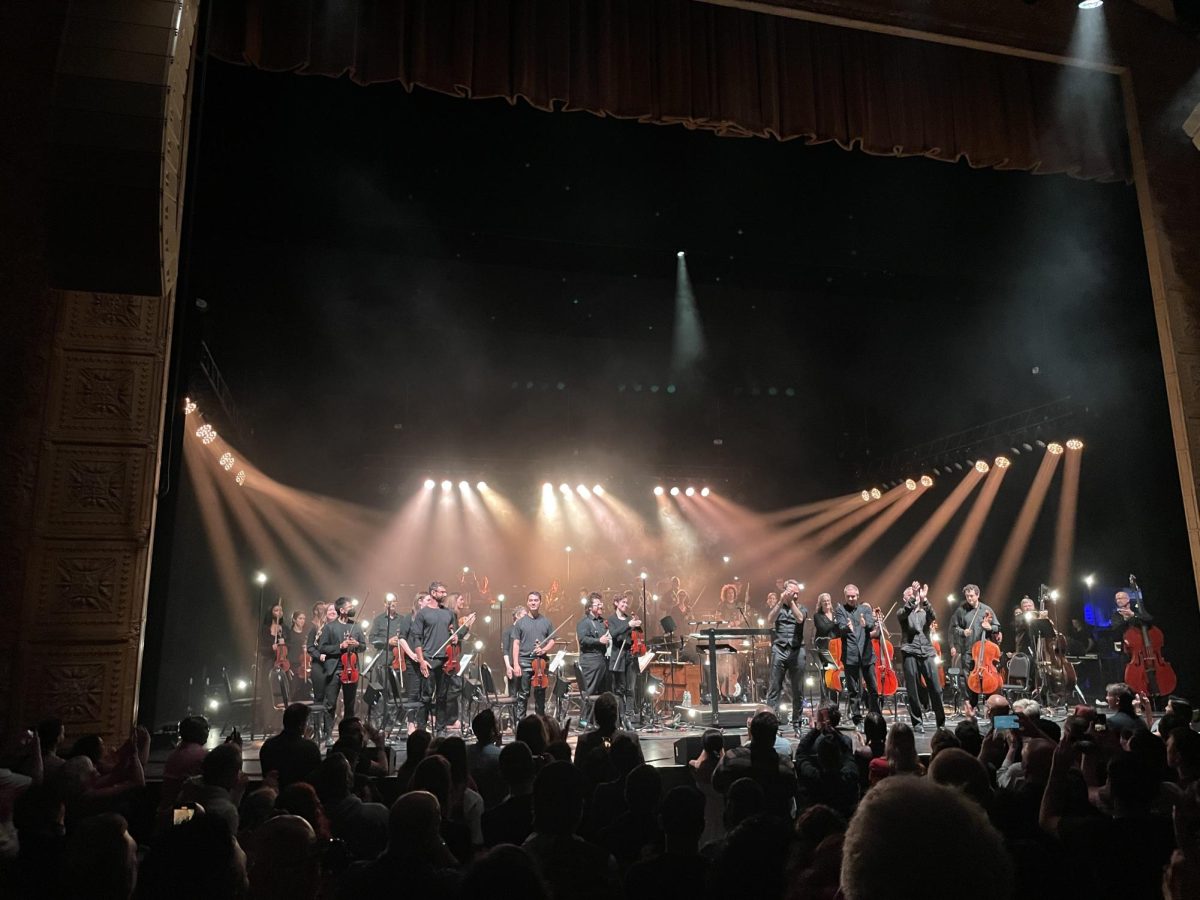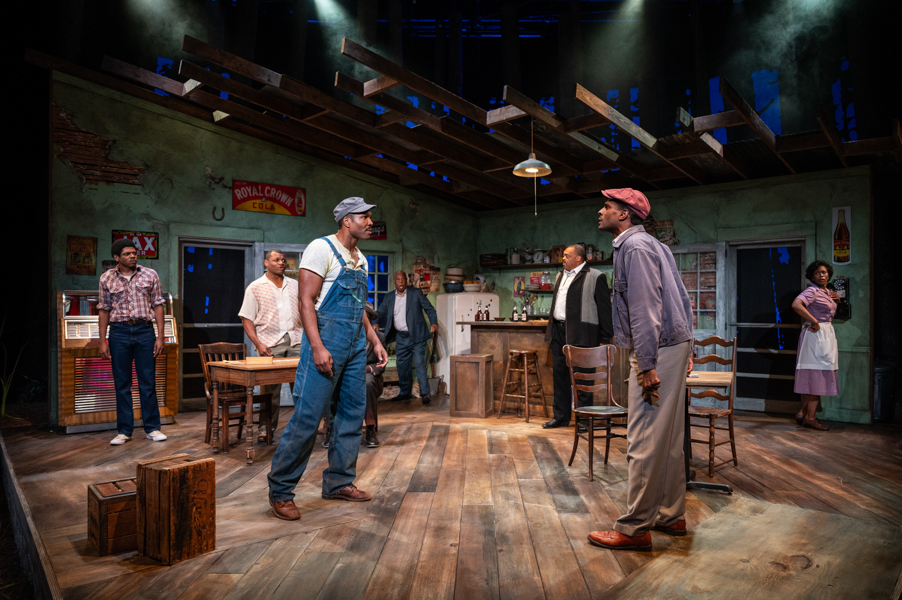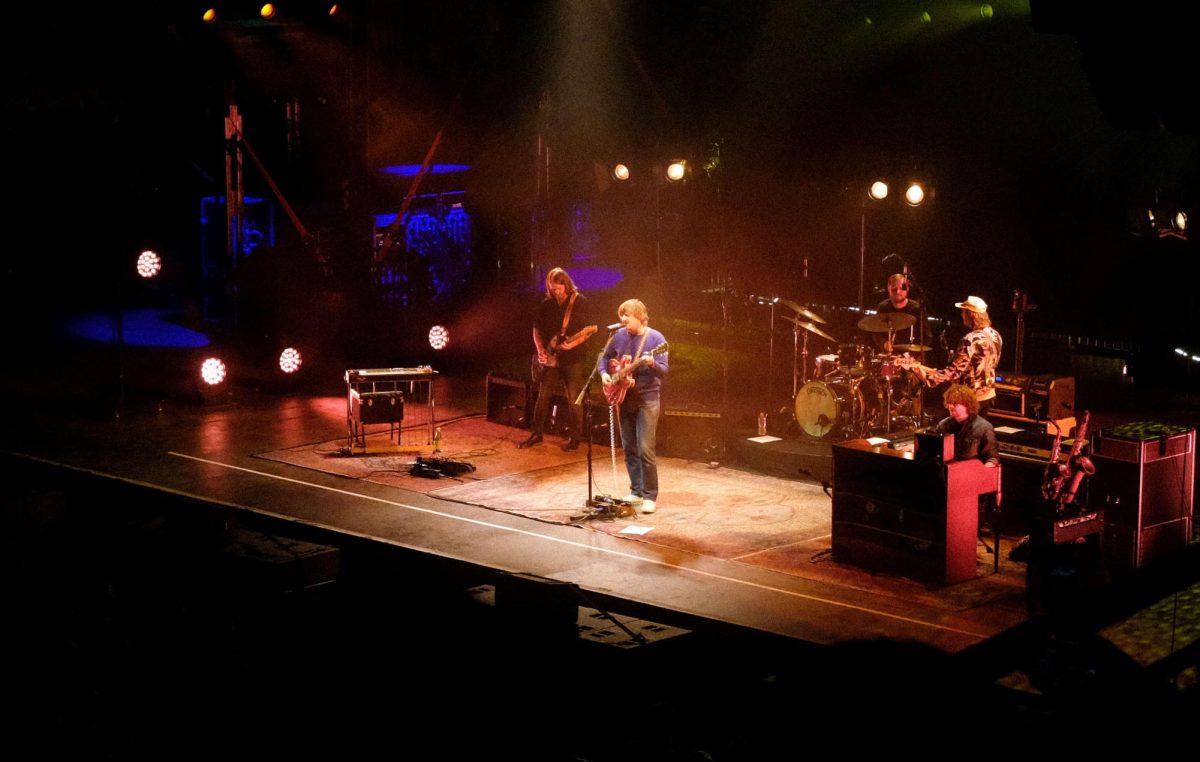It was a truly beautiful concert. The Pacifica Quartet constructed a program that complemented their skill in terms of both breadth and expression. They began with Schubert’s early String Quartet in E-flat Major, D.87, and then launched into the 20th century with Janácek’s String Quartet No. 2, “Intimate Letters.” After the ensemble’s pastoral and euphonious adaptation of Schubert’s stately chaos, the Janácek came as a huge stylistic shift. Their near technical mastery of the jarring, atonal Janácek was formidable, but could not completely bridge the stylistic chasm between the two pieces and composers. It was nearly impossible to understand the first half of the concert as a single entity.
However, Smetana’s String Quartet No. 1 in E Minor provided the key to an otherwise confusing concert program; it synthesized the two preceding polarities through its blend of the modern and the classical. Moreover, the inclusion of Smetana provided a rare look at the evolution of chamber music. Although putting the Smetana in the middle of the Schubert and the Janácek might have afforded less confusion, from an artistic standpoint the placement was perfect. The beautiful and virtuosic Smetana had to be played at the end.
On the whole, the Pacifica’s performance of these three pieces was brilliant, although lagging in places. Beginning with the first notes of the Schubert, they exhibited a superb feel for the sense and sensibility of the piece. The Pacifica did not overplay the melody, or milk the tune for all of its emotional content. Rather, they allowed the music to speak for itself and acted as the purveyors of the tune, as opposed to its interpreters.
The players of the quartet appeared to possess the incredible ability to not only be aware of each other’s inflections in tone, emotion, and rhythm, but also to sense a change even before it occurred. They seemed to be playing while encapsulated in an electric field that conveyed incipient changes to every performer. Naturally, it is assumed that the quartet has played the Schubert piece on numerous occasions.
Yet the piece sounded fresh and new. It was as if each note were being played for the first time with every emotion and inflection organically rising from the group. This unity came through most strongly in a series of question-response phrases during the third movement that literally rippled through the quartet.
After the Schubert, the expectations for the rest of the concert were set high. Unfortunately, there was a modicum of disappointment during the Janácek. Although the group played exceedingly well technically, they did not comprehensively narrate the piece. Throughout the first three movements, dynamics were not well executed and were poorly balanced; the viola largely overshadowed the rest of the strings. There was a brief reprieve in the second movement when the melody took on a more conventional turn and became slightly more comprehensible.
While embarking upon the third movement, one could neither hear nor feel the point of the piece. However, the quartet managed to rally themselves and ameliorate some of the bewilderment during the second half of the third and the majority of the fourth movement. Regaining their waning energy, they injected a surge of drama and emotion into the performance, lifting the piece into the realms of the interesting.
After a brief intermission, the quartet returned with what would come to be the highlight of the concert, Smetana’s Quartet. From the very first notes, it became clear that this was neither an ordinary work, nor a standard performance. Although the reputation of the quartet as a virtuoso undertaking precedes it, the Pacifica played it effortlessly, allowing the music to speak for itself through their clear notes and rhythmic enunciation. The group embraced the piece and molded it to their instruments, as they did with the Schubert. The quartet became a soloist.
During the first movement, first violinist Simin Ganatra offered a brilliant, poignant solo, with the rest of the quartet providing a superb harmonic background. Toward the end of the second movement, the first and second violins teamed up to carry on a call-and-response episode with the lower strings. During this interlude, the musicians captured a terpsichorean thread in their musical tapestry, and then slipped from playful lilt to sad and slightly disturbing shades.
The third movement, however, was the highlight of the performance. Played with astonishing textual consciousness, the four instruments blended and separated, weaving in and out of their respective parts. The tonal and dynamic inflections were incredibly well presented. One felt as if one were floating on notes that the strings effortlessly, almost carelessly, left in the air. Their sound was deep and very textured, as if layers upon layers of music were blended together to produce a rich and full piece. Although unable to match the third movement, the fourth movement, with a faster tempo, recapitulated the general mood and closed with precise and well appointed dynamics.
The audience was overjoyed at this final performance, and they coaxed the Pacifica Quartet into an encore piece, a Beethoven Presto. The relatively small audience had been slightly surprising and disheartening in its size. But as the concert progressed, the scale of the performance allowed a salon-like intimacy to develop, an atmosphere not customarily attainable in a grand concert hall. The music seemed to enter into the minds of all, allowing for a level of engrossed immersion that is jealously sought after both with individuals and with the audience as a totality.





